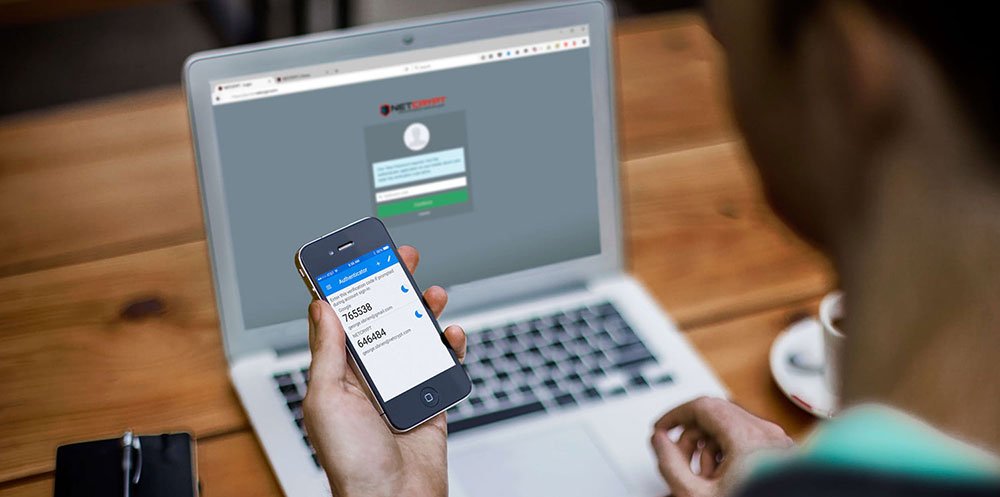
The ability to use your smartphone to authorize a login to one of your accounts. We might see two-factor authentication as a modern concept. However, it can be traced back as far as 1986.
It was initially used through a key fob, however, it was still considered two-factor authentication. It wasn’t until the smartphone era that this concept became more popular and an ever-present feature on our accounts.
But is two-factor authentication really necessary? It can help to prevent cybercriminals from accessing your accounts. However, there are some benefits and drawbacks to using two-factor authentication, and it’s important to understand these if you’re planning on using them.
What is Two Factor Authentication?
Table of Contents
Two-factor authentication is an extra layer of security that can be added to your accounts. It is optional, so you don’t necessarily have to use it, however, most accounts will recommend that you do use it.
It works by adding an additional log in credential, on top of your username and password. This is usually a one-time pin. In other words, it’s a password that is randomly generated and can only be used once, making it much harder to guess or steal.
The one time pin is sent to you by the account. This can either be sent to you via email or text message. In some cases, it will be a phone call or a notification from your app. For example, Gmail requires you to open their app and log in on your smartphone before you can see your one time pin.
It may sound simple, however, this concept has proven to be extremely effective in terms of keeping your account secure from cybercriminals. Keeping your accounts secure is extremely important in our modern society.
What Are the Benefits of Two Factor Authentication?
Two-factor authentication has several great benefits. The security feature has been praised by many for making their lives not only safer and more secure, but also much easier than before.
Two-factor authentication makes your accounts more secure because there is a one time pin that is sent directly to your device. This means that only you can use the pin to gain access to your account.
The concept has also significantly reduced the amount of password resets on accounts. This is because the password is no longer the most important login credential, as you can verify your identity through two-factor authentication.
It has made working remotely much easier as well. If you have two-factor authentication enabled, you can easily access your account on different devices. As long as you can verify yourself with the one time pin you can access your accounts from anywhere.
In terms of security, two-factor authentication has made it much easier to see when your account has been compromised. You will receive a notification if someone is trying to access your account, and you will know when you need to change your password.
What Are The Drawbacks of Two Factor Authentication?
Despite all the good that two-factor authentication has brought us, there are still some drawbacks to having it enabled. However, these might not be enough to prevent you from using it on your accounts.
The first is that you won’t be able to access your accounts if your smartphone is broken or being repaired. You won’t be able to receive the one-time pin that you need to log in to your account.
Hackers can also steal your phone, or steal your phone number and redirect the message to their own phones. This will give them direct access to your account. You should never give your phone number out to strangers or leave it on the internet.
Another drawback to two-factor authentication is that it takes time. It takes extra time to set it up and it can take longer for your to log in to your account. This is especially true if you have a poor mobile signal and need to wait for the message to come through before you can proceed.
Keeping Your Passwords Secure
Despite the extra security put in place by two-factor authentication, it is still important that you set up your passwords correctly. Having proper passwords remains the best form of defense against a cyberattack.
Firstly, you need to use strong passwords. Strong passwords are made up of words or phrases that can’t relate to your personal information, as this can easily be guessed if a hacker has gained enough information about you.
Studies have shown that the strongest passwords are often made up of completely random words and numbers. It is best to use a third-party password manager to remember them, as they are more secure than the ones on your default browser.
You should also be creating unique passwords. This means that each password that you use is different. If you use the same password for multiple accounts, it can make a hacker’s life much easier. Once they have cracked one password they can gain access to all of your other accounts too.






